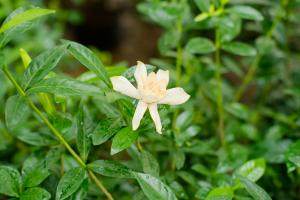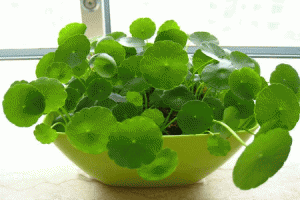What Trees are Being Planted at the Great Green Wall
The Great Green Wall is a massive reforestation effort taking place across Africa, spanning over 8,000 kilometers and 11 countries. The project involves planting various types of trees, each serving a specific purpose in order to counter desertification, promote sustainable land use, and combat climate change. Here are some of the trees that are being planted at the Great Green Wall:
Moringa Oleifera
The Moringa Oleifera tree is one of the most versatile trees being planted at the Great Green Wall. It's commonly called the "miracle tree" thanks to its high nutrient content and medicinal properties. In areas where nutrients are scarce, Moringa Oleifera trees are being planted to provide a reliable source of vitamins, minerals, and protein. Additionally, Moringa Oleifera trees can help to stabilize soils and prevent erosion, which is crucial for preventing desertification.
Acacia Senegal
The Acacia Senegal tree is another important species being planted across the Great Green Wall. The tree is famous for its ability to produce gum arabic, a valuable natural product used in various industries. By planting Acacia Senegal trees, local communities have the opportunity to earn additional income through the sale of gum arabic. Furthermore, the trees help to restore degraded soils and prevent desertification, making them an integral part of the reforestation effort.
Balanites aegyptiaca
Also known as the desert date, Balanites aegyptiaca is a small tree with thorny branches. Despite its name, the tree is not related to the date palm. Instead, it produces small, edible fruit with a hard nut inside. Balanites aegyptiaca is being planted across the Great Green Wall because it's a hardy species that's well adapted to arid conditions. The tree is also valuable for its oil, which can be extracted from the fruit and used for various purposes, such as cooking and soap making.
Neem
The neem tree is a fast-growing species that's rich in medicinal properties. It's commonly used in traditional medicine to treat various ailments, such as fever and skin infections. Additionally, neem trees produce a strong insecticide that's effective against a wide range of pests. By planting neem trees, local communities can benefit from their medicinal properties, as well as protect their crops from pests without the use of harmful chemicals.
Saba Senegalensis
Saba Senegalensis, also known as the jamun tree, is a small, bushy tree that produces a fruit with a tart, acidic flavor. The fruit is commonly used in traditional medicine to treat various health conditions, such as diarrhea and urinary tract infections. Saba Senegalensis is valued for its ability to grow in semi-arid conditions and its resilience to drought.
Conclusion
The trees being planted across the Great Green Wall are diverse and carefully selected to suit specific conditions and purposes. The reforestation effort is making significant progress in restoring degraded land, improving food security and creating sustainable livelihoods for local communities. By planting these trees, we're not only fighting against climate change, but also helping to alleviate poverty and improve the quality of life for millions of people across Africa.

 how many times do yo...
how many times do yo... how many planted tre...
how many planted tre... how many pine trees ...
how many pine trees ... how many pecan trees...
how many pecan trees... how many plants comp...
how many plants comp... how many plants can ...
how many plants can ... how many plants and ...
how many plants and ... how many pepper plan...
how many pepper plan...































